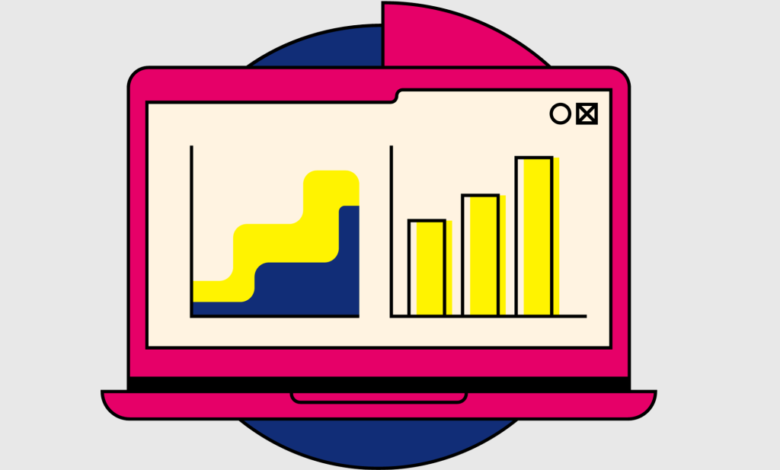The hidden power of competitor price data in seasonal campaigns

Seasonal campaigns are some of the most critical moments in a retailer’s year. Whether it is Black Friday, back-to-school shopping, or holiday gift season, these periods come with sharp changes in consumer demand and heightened competition. For many companies, this is the time to win new customers, clear inventory, and strengthen brand visibility. The stakes are high because consumer expectations around discounts and deals are equally high.
To capture attention and drive sales, retailers often rely on a seasonal discount pricing strategy. The idea is simple: lower prices at the right moment to boost demand while still protecting overall profitability. But executing this strategy is rarely straightforward. Offering discounts too early can erode margins unnecessarily, while waiting too long risks missing out on peak demand. The same applies to discount depth, too little and customers may shop elsewhere, too much and profits vanish.
This is where competitor price data becomes a powerful tool. By tracking how rivals adjust their seasonal campaigns, businesses gain the context they need to fine-tune their own promotions. Competitor monitoring reveals when discounts are launched, how deep they go, and which product categories see the heaviest price competition. With this intelligence, companies can replace guesswork with data-driven decisions, ensuring that their seasonal discount pricing strategy delivers both sales and sustainable margins.
Why competitor price data matters during seasonal peaks
When demand surges, customers quickly compare prices across multiple sellers. A brand that fails to align its pricing with market expectations risks being sidelined. Competitor price data offers real-time insight into how rivals are adjusting their seasonal discounts. This information not only helps retailers avoid being undercut but also prevents unnecessary deep discounts that eat into profits. Instead of following outdated playbooks, companies can adapt quickly and match their seasonal discount pricing strategy to what the market is signaling.
Monitoring competitor pricing also reveals patterns in timing. Some rivals may start their seasonal promotions earlier, while others may hold out until closer to peak days. Understanding these moves allows businesses to plan promotions strategically rather than rushing to slash prices too soon.
The risk of going in blind
Without competitor data, a retailer’s seasonal pricing strategy often relies on assumptions. Guessing when to lower prices or by how much can lead to two costly mistakes. The first is underestimating market competition, leaving products priced higher than consumers are willing to pay during discount-heavy periods. The second is over-discounting, which attracts short-term sales but significantly reduces margins and devalues the brand. Competitor monitoring reduces both risks by grounding decisions in evidence rather than intuition.
Building seasonal campaigns around data insights
To create seasonal campaigns that are both competitive and profitable, pricing managers need to balance internal goals with external signals. Competitor price data provides that external perspective, showing what customers see when they shop around. With this context, companies can refine their seasonal discount pricing strategy in several ways.
One approach is to identify pricing gaps in the market. If competitors are discounting certain product categories aggressively, there may be opportunities to focus promotions on different categories where margins are higher and competition is lighter. Another is to adjust discount depth based on live monitoring, ensuring that price reductions remain compelling but not excessive.
Timing seasonal promotions effectively
The timing of discounts is just as important as their size. Competitor data helps businesses see when rivals are launching their promotions and how customers are responding. Some markets reward early discounts to capture eager buyers, while others show stronger results when promotions are held until just before key shopping days. With accurate competitor monitoring, companies can identify the right balance between early engagement and last-minute urgency.
Segmenting strategies by product type
Not all products behave the same during seasonal campaigns. Electronics may see rapid price drops in the lead-up to Black Friday, while fashion items may hold value until post-holiday sales. Competitor price data allows pricing managers to adapt strategies by category, ensuring that each product line has a seasonal discount approach tailored to its demand curve. This segmentation helps avoid one-size-fits-all discounts that undermine overall profitability.
Learning from competitor behavior without copying it
There is a difference between reacting blindly to competitor moves and using competitor insights strategically. A well-structured seasonal discount pricing strategy uses competitor data as a guide, not a rulebook. Businesses should analyze how competitors position themselves and then decide how to differentiate. Sometimes that means matching a discount to remain visible in search results, while other times it means emphasizing value-added services or bundling products rather than lowering prices further.
Case for proactive decision-making
Competitor price monitoring should not only inform reactive moves but also drive proactive planning. By analyzing historical seasonal data, companies can anticipate likely competitor actions and prepare their strategies in advance. For example, if rival retailers traditionally launch steep discounts two weeks before Christmas, a company may choose to launch targeted promotions slightly earlier to capture demand before the flood of markdowns. This proactive approach creates more control and reduces the risk of last-minute pricing panic.
Technology’s role in seasonal pricing precision
Manual monitoring of competitor pricing is nearly impossible during peak seasons. Dynamic pricing software and competitor tracking tools make it feasible to gather and analyze data at scale. These technologies enable real-time monitoring, automated alerts when competitor prices shift, and reporting that highlights market-wide trends. With this information, pricing managers can adjust their seasonal discount pricing strategy confidently and quickly, keeping pace with consumer expectations.
Linking pricing data to customer insight
Competitor monitoring works best when combined with customer data. If market insights show that competitors are discounting a specific product heavily, but sales data indicates that customer demand for that product is low, then matching the discount may not be worthwhile. On the other hand, if both competitor data and customer behavior point to strong demand, aligning pricing ensures that the business remains competitive while capturing sales opportunities.
Read Also: How Green Tech Is Saving the Planet
Preparing for the next seasonal campaign
The lessons learned from one seasonal campaign inform the next. Storing and analyzing competitor price data across multiple years provides valuable insight into recurring patterns. This historical perspective helps businesses fine-tune their future seasonal discount pricing strategy, reducing reliance on guesswork.
Companies that integrate competitor monitoring into their seasonal planning process are more resilient to market shifts. They can maintain profitability even in highly competitive environments because their strategies are guided by real-time intelligence rather than reactive decisions. In a landscape where consumers are more price-sensitive than ever, this ability to adapt quickly and intelligently is what separates the leaders from the rest.




